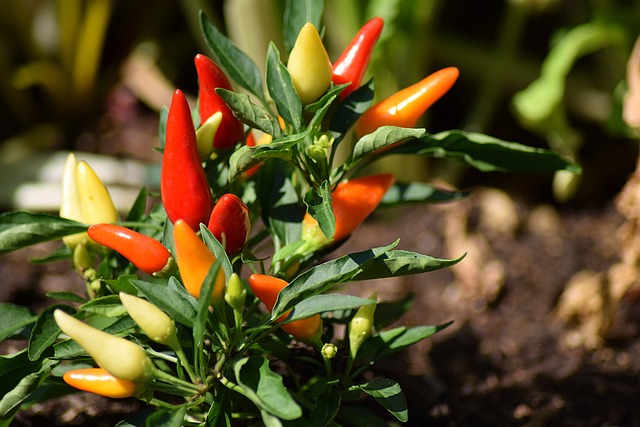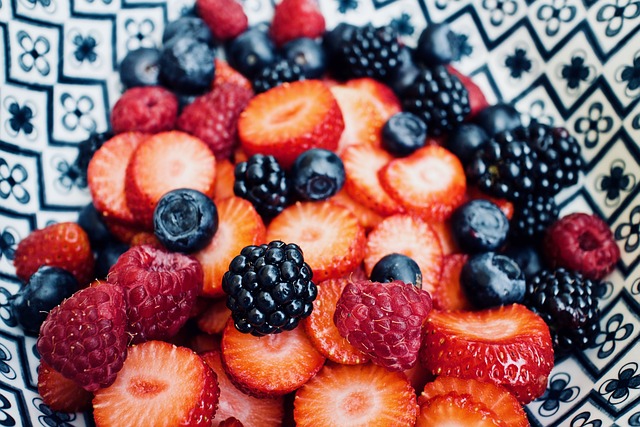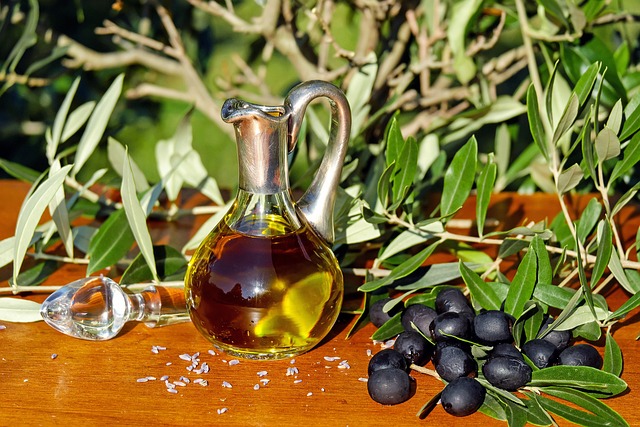
You need to learn more about juicing before you can make it a part of your daily life. The techniques and suggestions you will learn in the following article will see you off to a smart and healthy start. As you start to use these suggestions, juicing can become a lot more fun.
If you are juicing greens that are dark and leafy, add a cucumber. Many dark, leafy greens taste very strong when raw. Cucumber juice has a fresh taste, masking the taste of dark vegetables somewhat and giving the juice it a bright kick. Cucumber is also full of important nutrients, especially if you use the unpeeled vegetable.
Choose the most ripe and sweetest apples you can find to make homemade apple juice with. If you only have bruised apples, cut the bruises out. Apples like Red Delicious, Gala, Fuji, and Rome have sweet tastes that lend themselves well to producing a rich, sweet, and flavorful juice.
Leafy greens, such as kale or spinach, are among the healthiest ingredients for juicing. Include at least half and as much as three-quarters green ingredients in your juices, then add a little bit of a sweeter ingredient like fruit to give flavor. Fruit juice is full of natural sugar and includes less vitamins and nutrients than vegetables.
Enjoy each drop of this juice. Enjoy the taste, and savor the different flavors. Let your saliva mix with your juice to help start digestion.
Treat your juice like a meal. Once you are an experienced juicer and you realize how many fruits and vegetables it takes to make your juice, this concept will make sense. If you use juice as a meal, the nutrients in the juice enter the bloodstream much faster.
Put color in the equation. Reds, oranges, yellows and greens: they all add different nutrients to the final product. These differences give you a fuller nutritious experience, as well as a wide range of tastes.
Make sure to thoroughly clean your juicer as soon as you finish. Some juices can also stain the jugs and blades of your juicer if they are not cleaned off immediately.

Be sure your juicer is out, handy, and ready to use all the time. In this way, you will be more likely to use it. Seeing it on the counter will remind you to use it daily.
Coffee Filter
If you find pulp getting into your juice, you can use a coffee filter to remove it. Use this if you don’t like the pulp created by some juices. However, to remove the pulp quickly and easily, simply use a coffee filter or cheesecloth as a sieve and drain the juice through it.
When it comes to juicing, observe your body’s reactions. You might drink something that your system doesn’t like. If you drink a new juice and feel queasy or experience stomach churning, check the ingredients list and see if there’s something you don’t drink often. Then next time you make the same juice, put in a little less of the new ingredient to let your body get accustomed to it.
Known carcinogen removing phytochemicals are found in juice from vegetables and fruits. Whenever possible, include phytochemical-laden foods in your juice recipes!
If you are getting older and starting to feel achy or tired, you can get a bit of that youthful vigor back with some juice! The nutrients found in fresh juice aid your body in staying healthy. They can work to boost your immune system, improve your memory and protect your body from free radicals.
The tips that have just been provided to you will get you on the path to properly using juicing. Keep these tips in a visible place, such as posted to your refrigerator, and reference them whenever necessary. These juicing tips can help you be a better juicer and make it a part of your routine.
